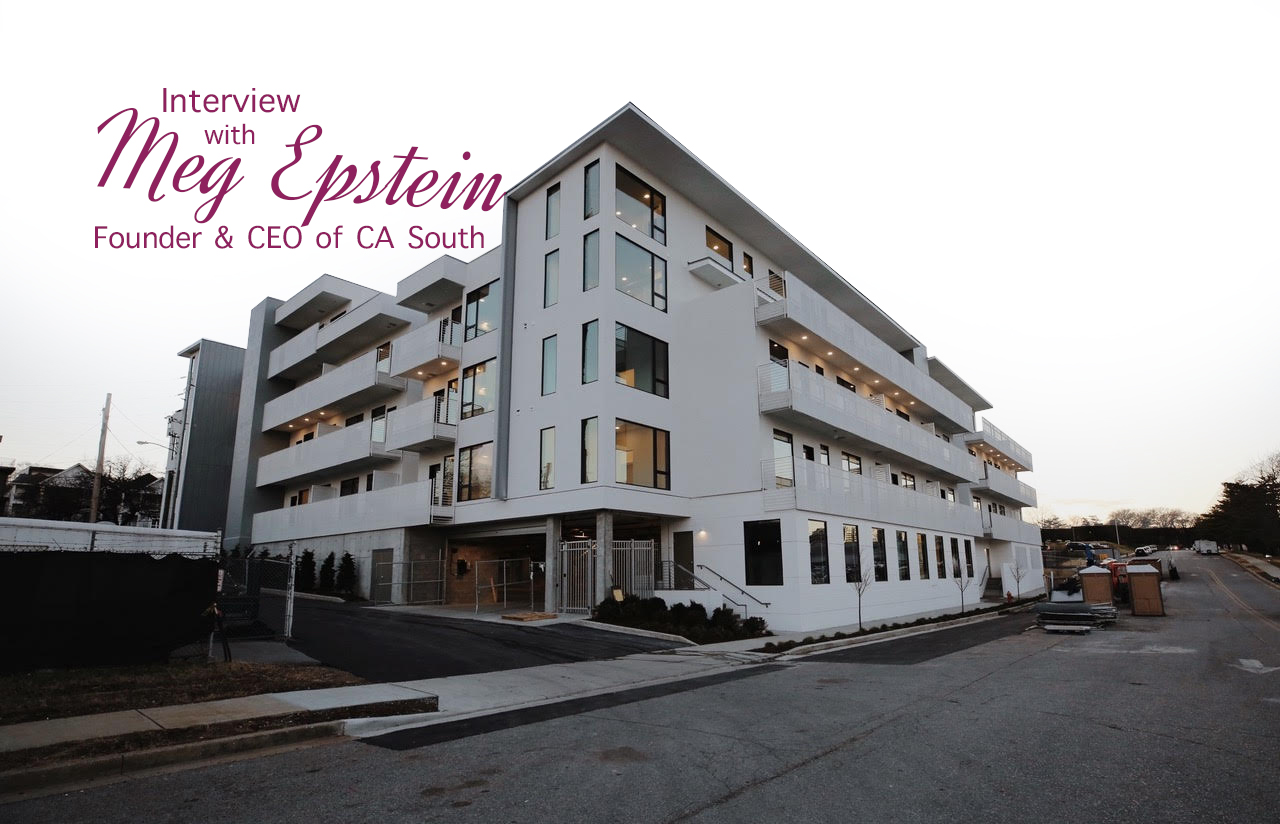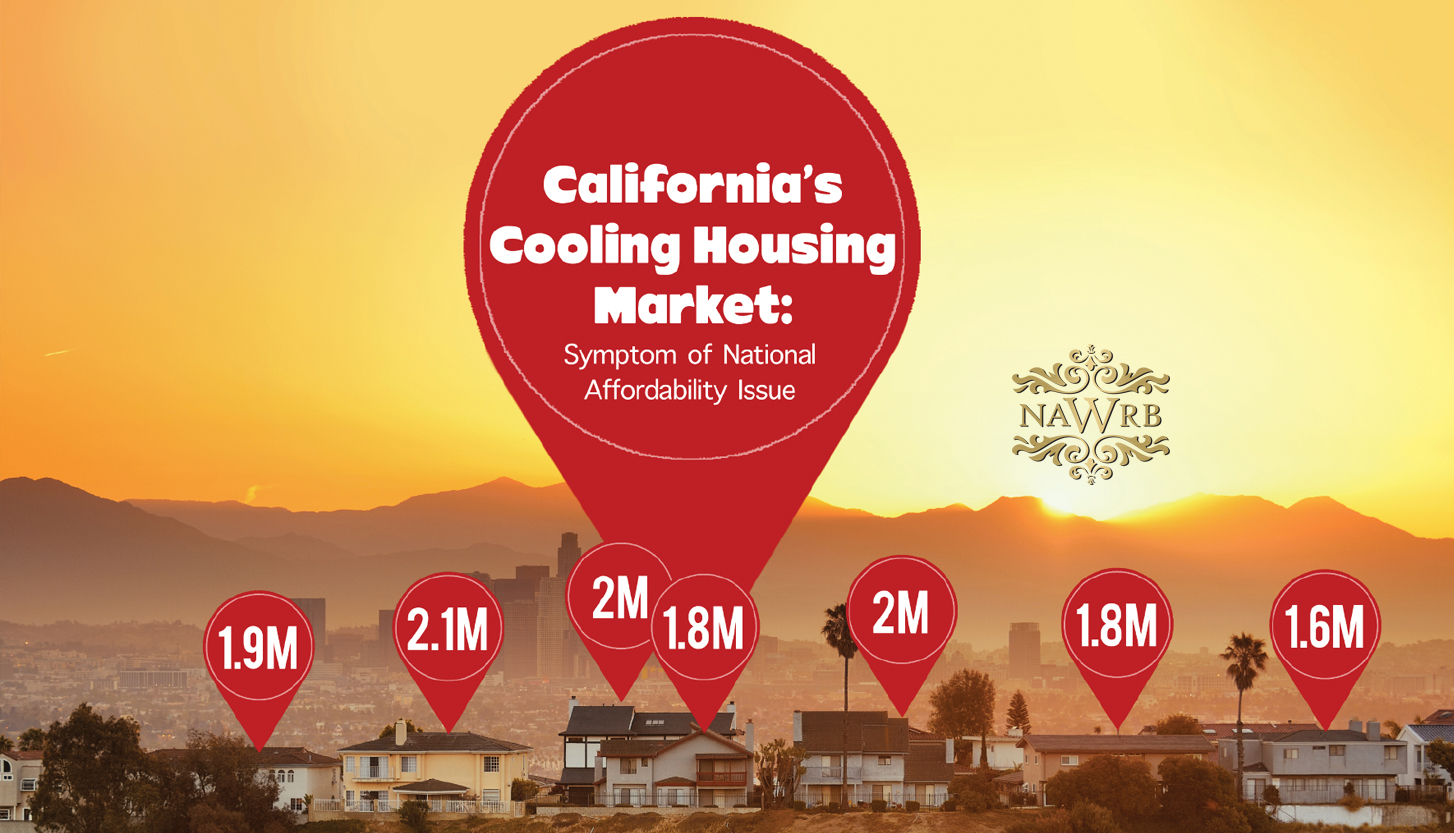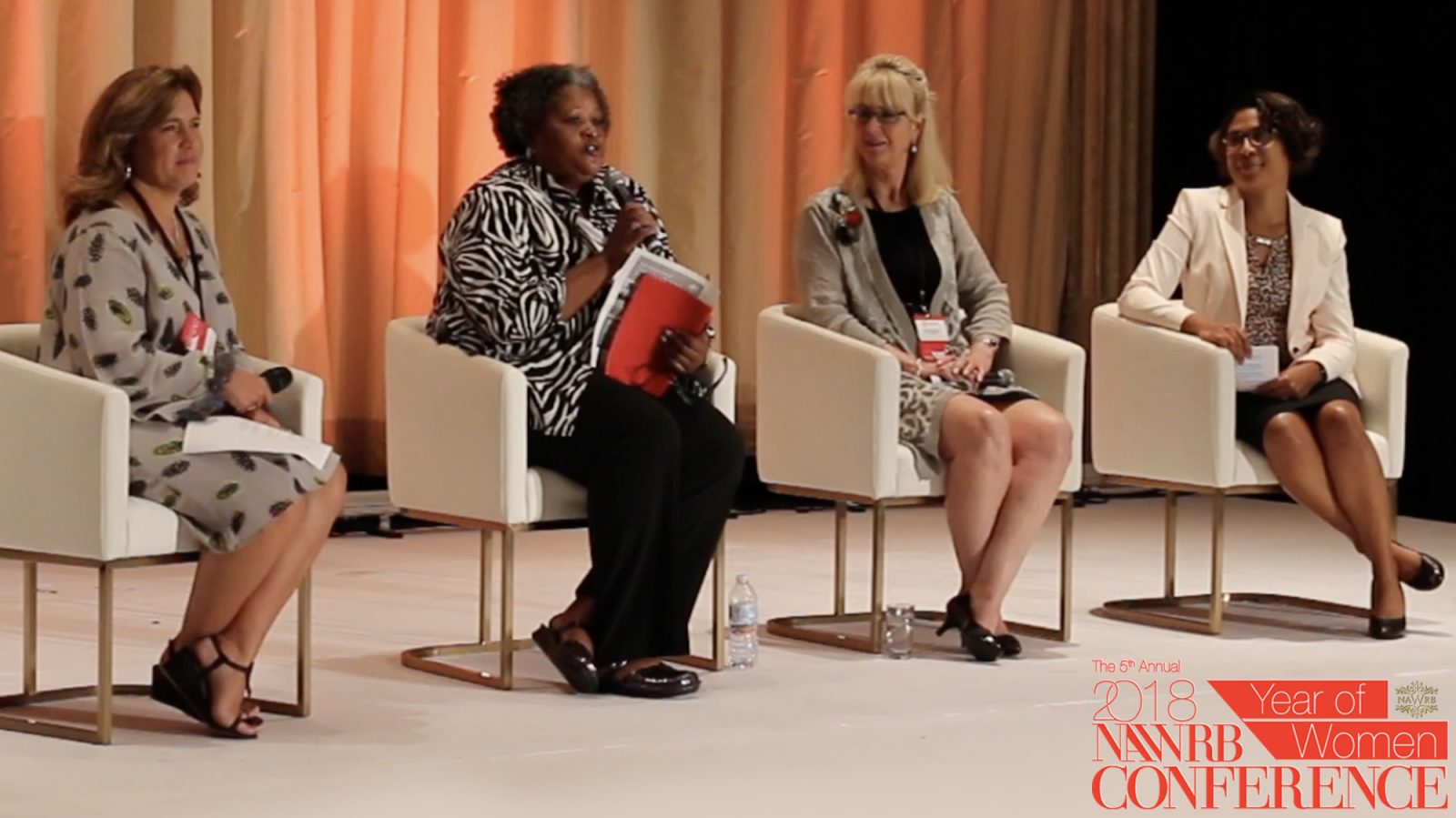Join NAWRB as we co-host this year’s virtual Homeownership Day on January 23rd at 10am PST on Zoom!
Homeownership Day will help you find your Happy Place, with timely information about owning property, inside tips on area nuances, all from experts who won’t pitch or pressure.
We encourage anyone curious about real estate to attend & learn new ways to leverage property. You’ll learn easy steps to get to your first home, second home, multiplex, or international vacation property!
Get more info, join our update list, and register for our free virtual event at www.HomeownershipDay.com

 Login
Login

























